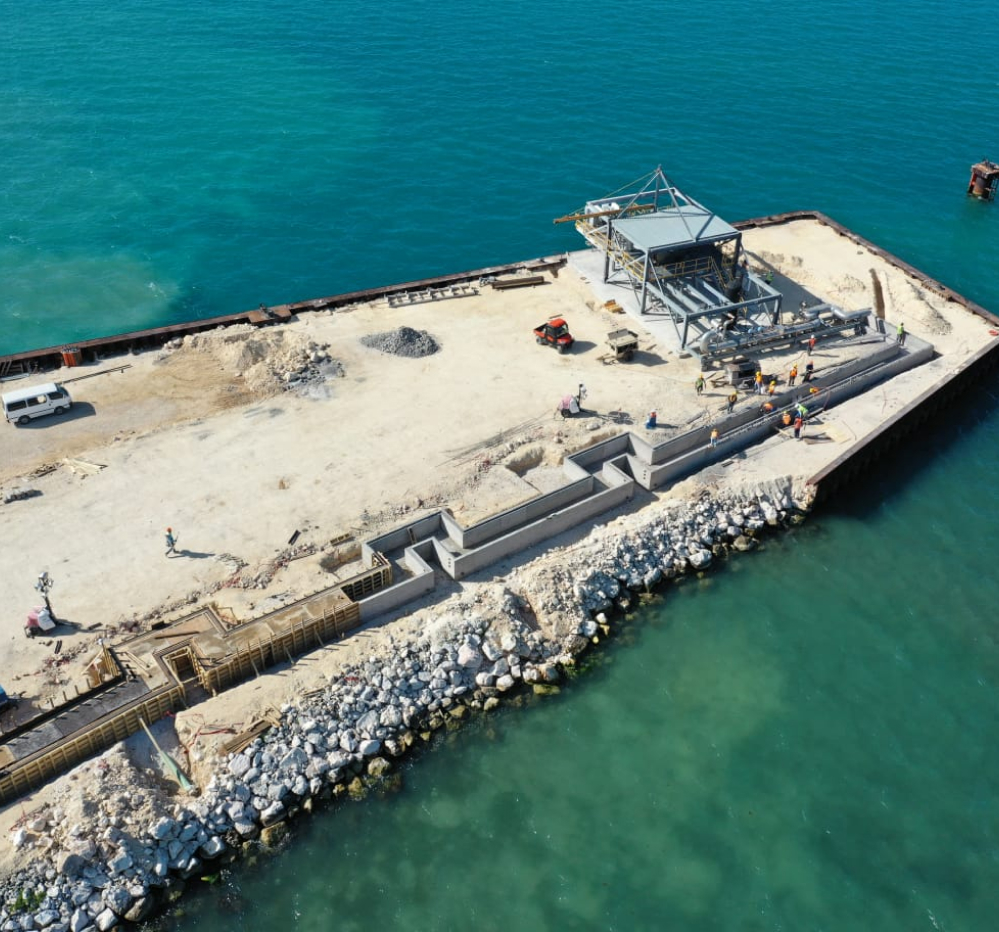

Marine construction
Port and Harbor Development:
Marine construction often involves the creation and enhancement of ports and harbors. This includes the construction of berths, quays, breakwaters, and navigational channels. These structures facilitate the efficient and safe docking, loading, and unloading of ships, contributing to the vitality of global trade.
Offshore Platforms and Oil Rigs:
The offshore energy sector heavily relies on marine construction for the development of oil platforms and drilling rigs. These structures, often situated in deep-sea environments, demand specialized engineering solutions to withstand the harsh conditions of the open ocean.
Underwater Pipelines and Cables:
Marine construction extends below the water’s surface to include the installation of underwater pipelines for the transport of oil, gas, and water, as well as submarine cables for telecommunications and power transmission. Precise planning and execution are vital to ensure the integrity and longevity of these submerged infrastructures.
Dredging Operations:
Dredging is a fundamental aspect of marine construction, involving the excavation and removal of sediments from the seabed. This process is essential for maintaining navigable waterways, deepening ports, and replenishing beaches. Advanced dredging equipment and techniques are employed to achieve optimal results.
Marinas and Recreational Facilities:
Marine construction also caters to the development of marinas and recreational facilities, providing safe and accessible spaces for boating, fishing, and other water-based activities. This includes the construction of docks, piers, and associated amenities to enhance the overall waterfront experience.
Subsea Infrastructure and Tunnels:
In certain instances, marine construction involves the installation of subsea infrastructure, such as tunnels and pipelines beneath the seabed. These structures are essential for creating connections between islands, facilitating transportation, and enabling the efficient transmission of resources.
Environmental Protection and Habitat Restoration:
Responsible marine construction practices include initiatives focused on environmental protection and habitat restoration. This may involve the creation of artificial reefs, the implementation of erosion control measures, and adherence to sustainable construction practices to minimize ecological impact.
Marine construction is a dynamic and challenging field that requires a deep understanding of marine environments, engineering expertise, and adherence to strict safety and environmental standards. As technology continues to advance, the industry evolves to address emerging challenges and contribute to the sustainable development of coastal and offshore regions.

